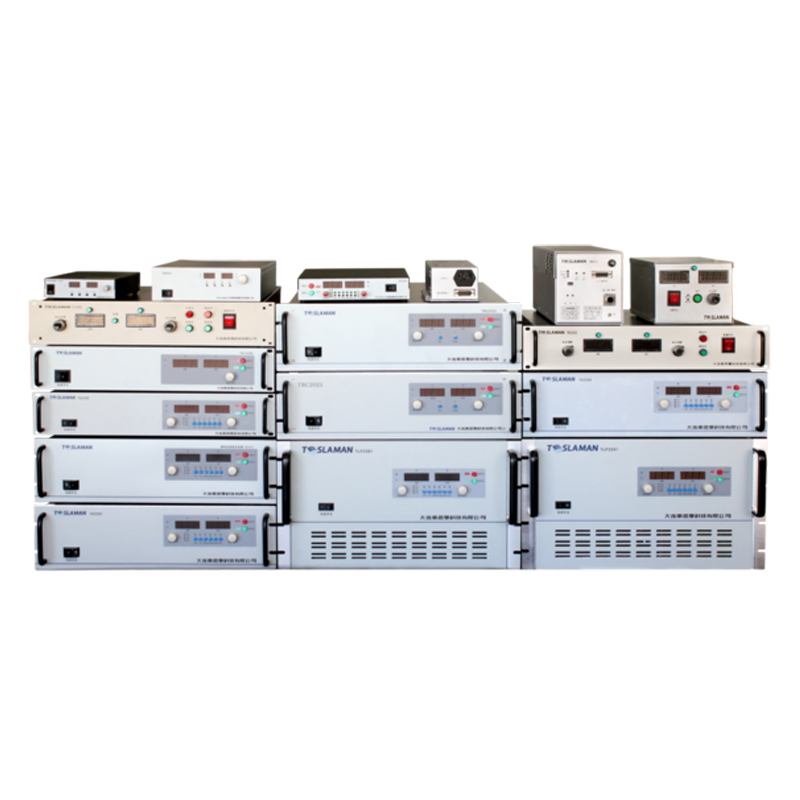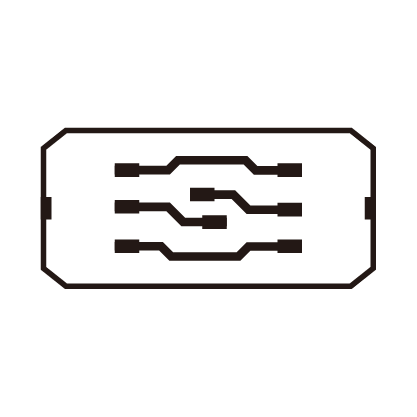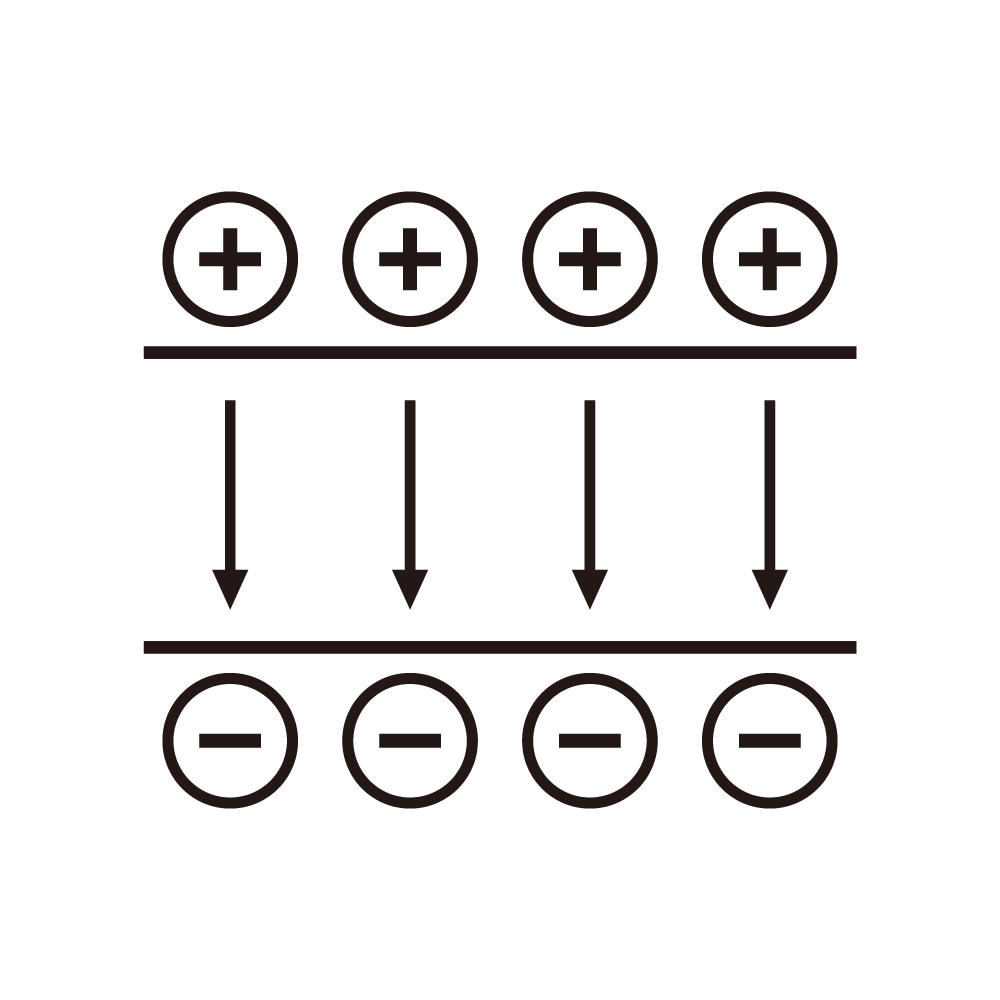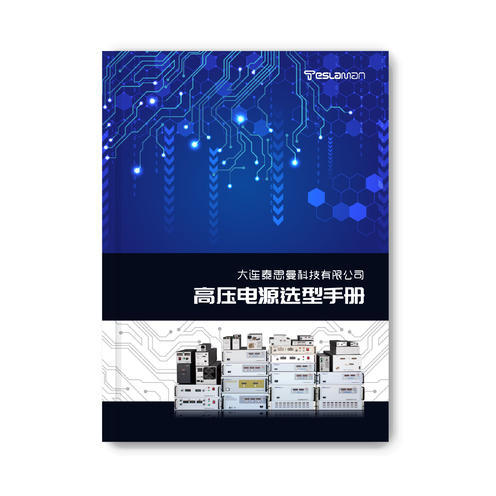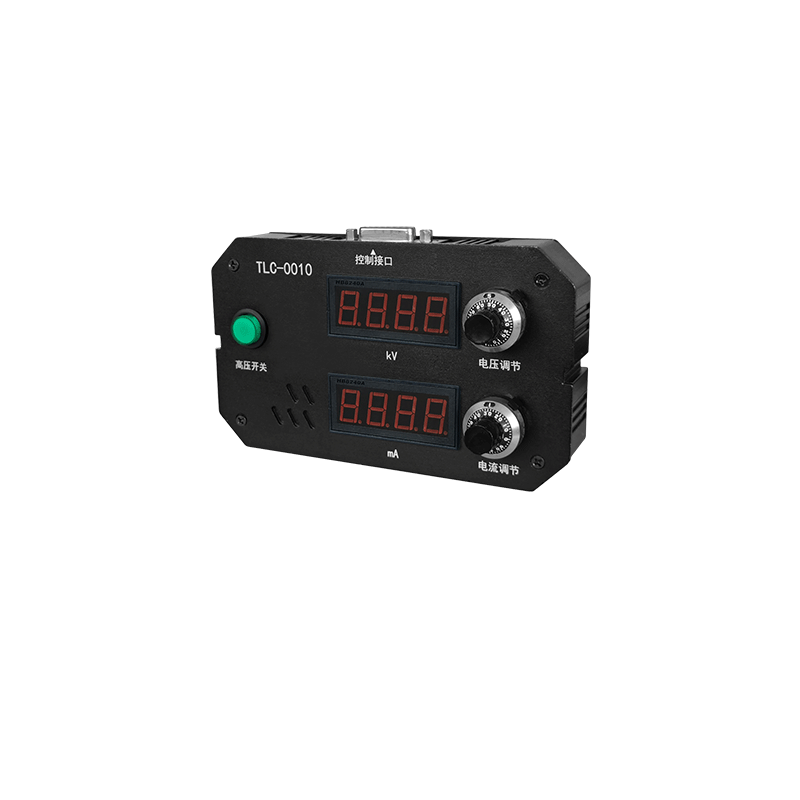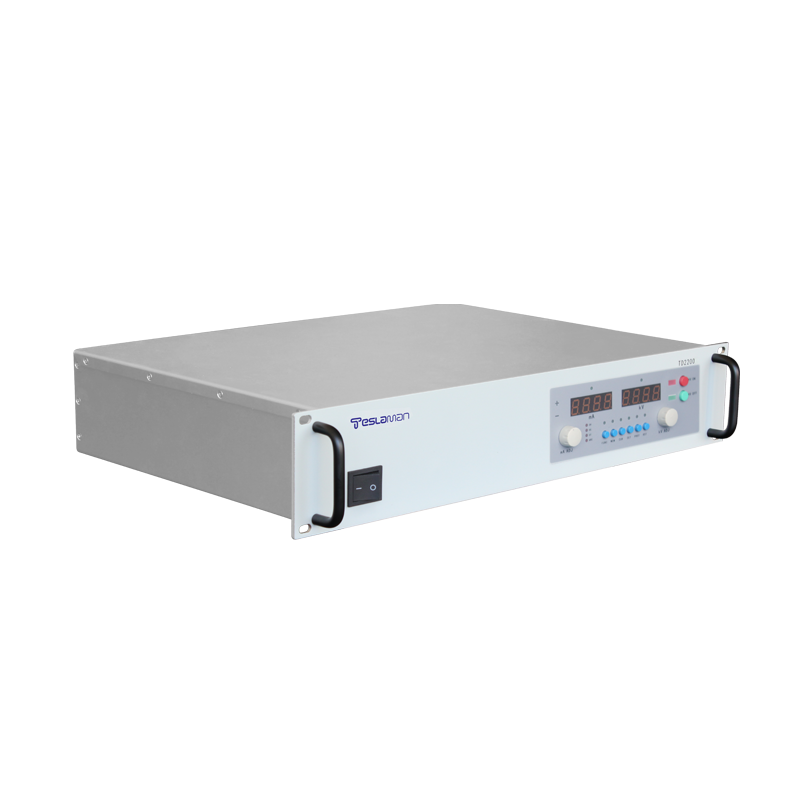Enhancing Defect Quantitative Analysis Capability of Nondestructive Testing (NDT) High-Voltage Power Supplies
Nondestructive Testing (NDT) techniques such as X-ray radiography and ultrasonic testing rely on high-voltage power supplies to generate stable detection signals. However, conventional NDT power supplies often have poor energy consistency and slow response speeds, resulting in low signal-to-noise ratios (SNR) of detection signals. This makes it difficult to accurately quantify defect parameters such as size, depth, and shape, especially for micro-defects (less than 0.1 mm in size).
To improve the defect quantitative analysis capability, two key modifications to the NDT high-voltage power supply are implemented. First, a variable-frequency high-voltage inverter is adopted to replace the traditional linear regulator. This inverter can adjust the output energy in 0.1 kV increments, allowing precise control of the X-ray tube’s photon energy or the ultrasonic transducer’s vibration amplitude. For example, when detecting metal welds, adjusting the X-ray energy from 80 kV to 120 kV in small steps enables clear imaging of defects at different depths. Second, a real-time signal compensation module is added. This module monitors the detection signal in real time and adjusts the power supply’s output voltage within 10 μs to compensate for signal attenuation caused by material thickness variations or environmental interference.
Performance tests indicate that the optimized power supply increases the SNR of NDT signals by 30%, reducing the relative error in defect size measurement from ±8% to ±3%. For subsurface defects in aluminum alloys, the detection depth resolution is improved from 0.5 mm to 0.2 mm. These improvements enable more reliable quantitative analysis of defects in critical components such as aerospace parts and pressure vessels, enhancing the safety and reliability of industrial systems.
